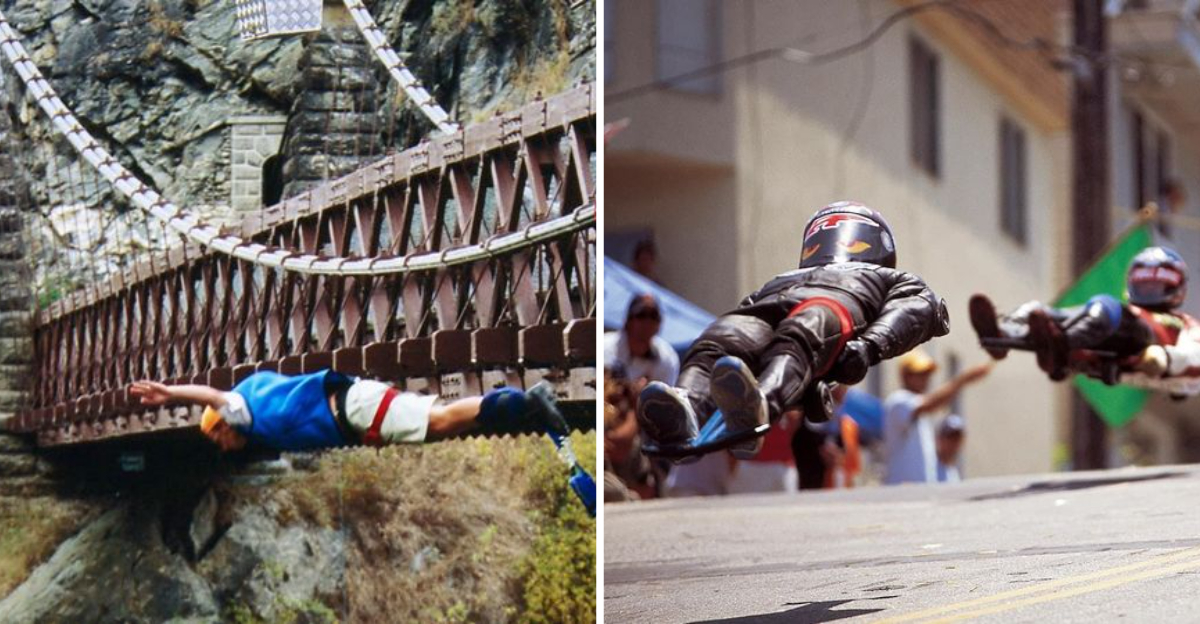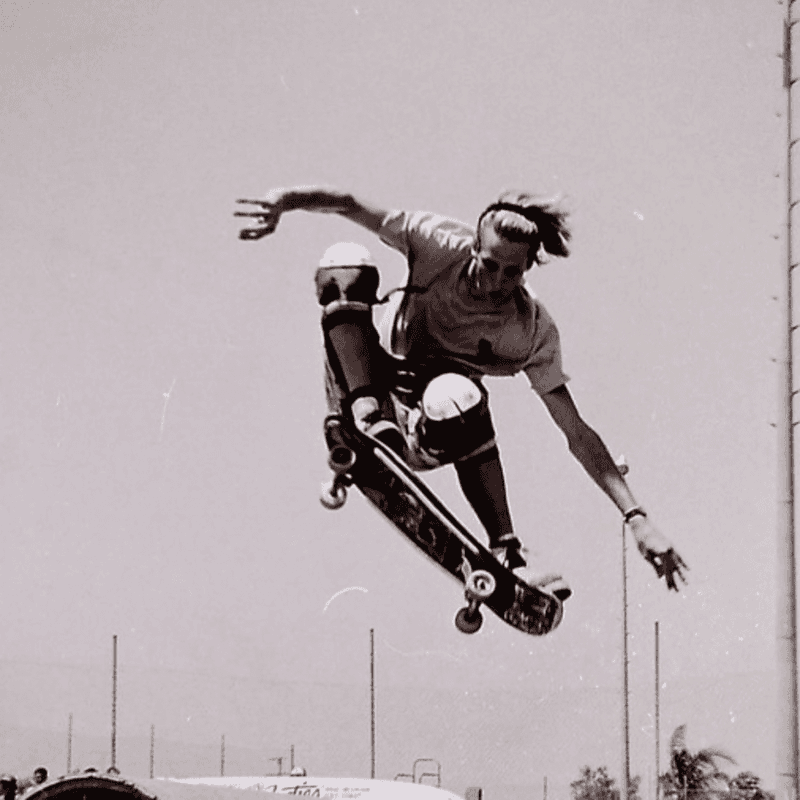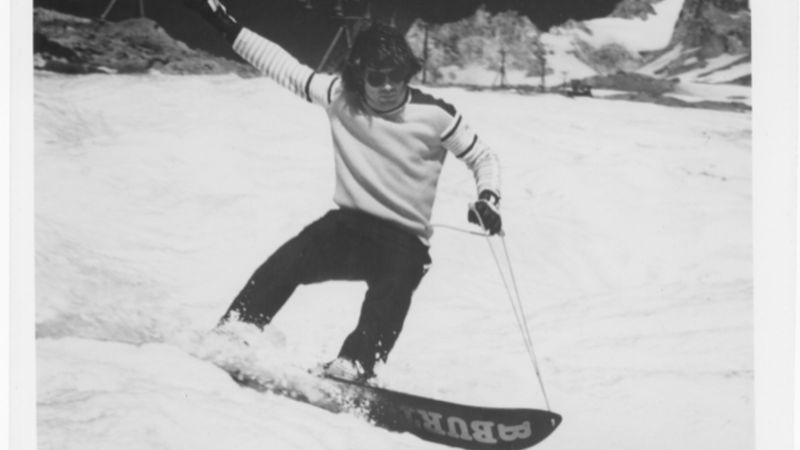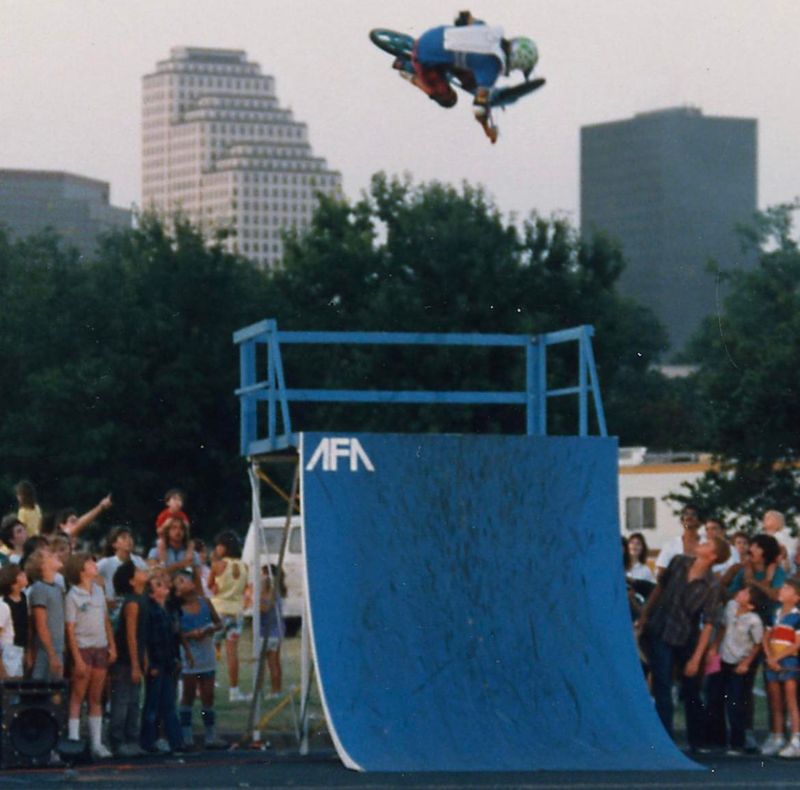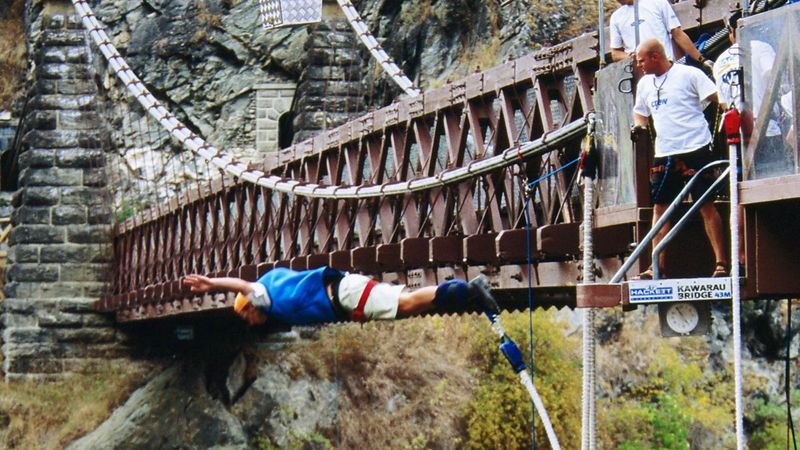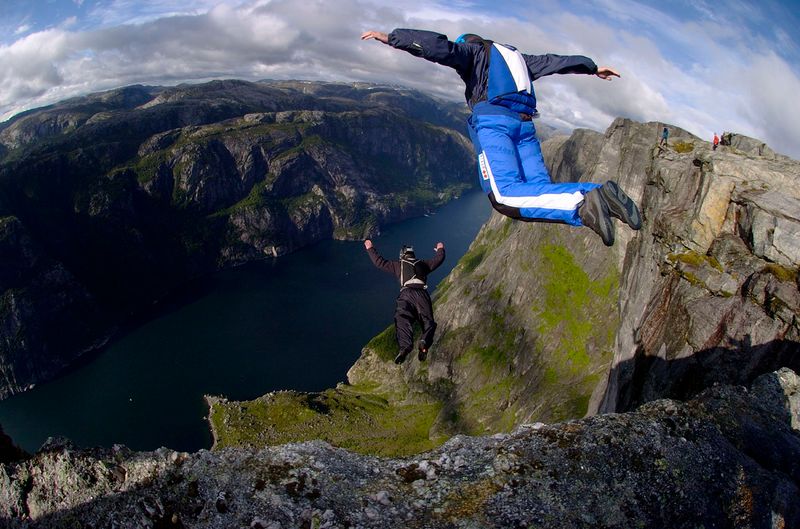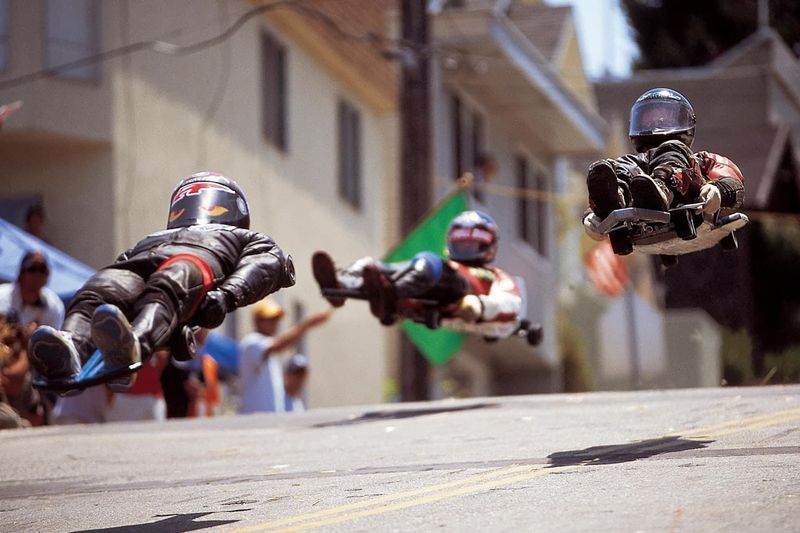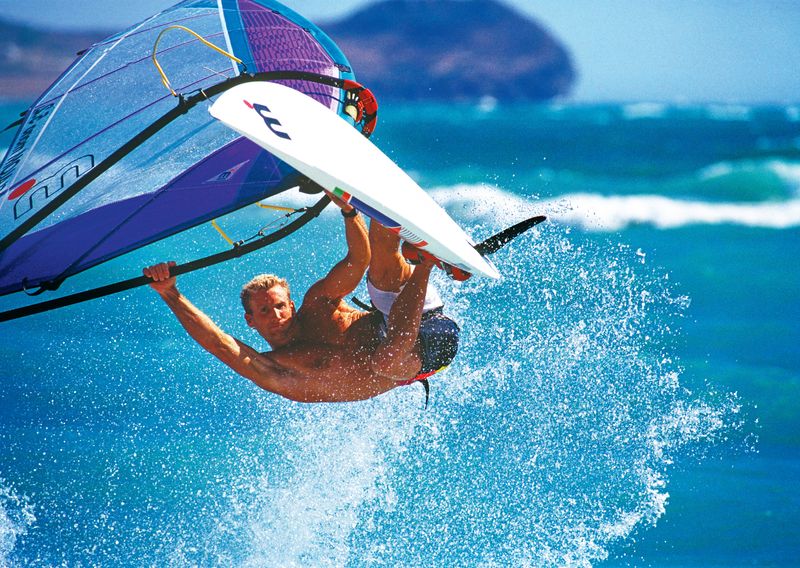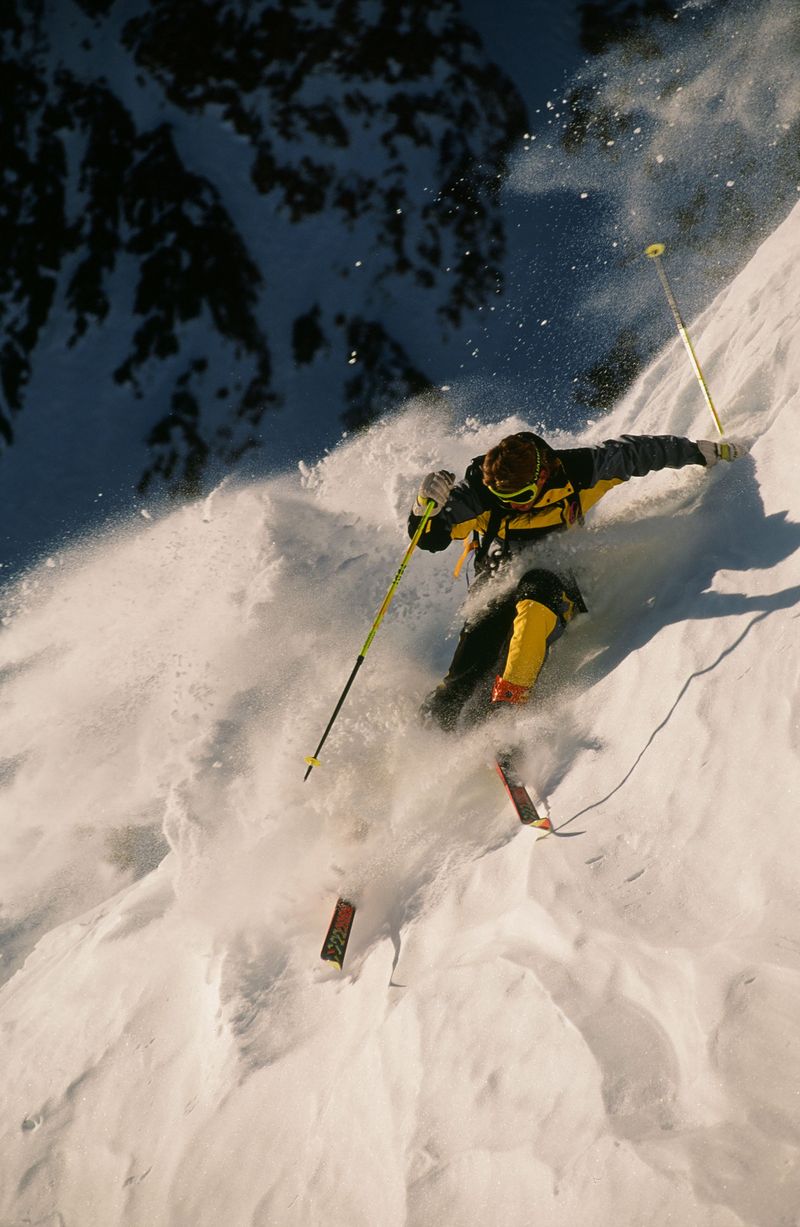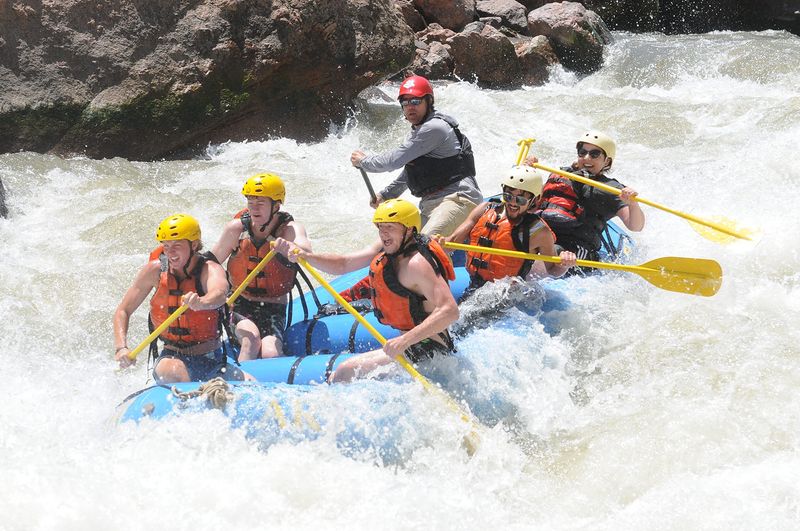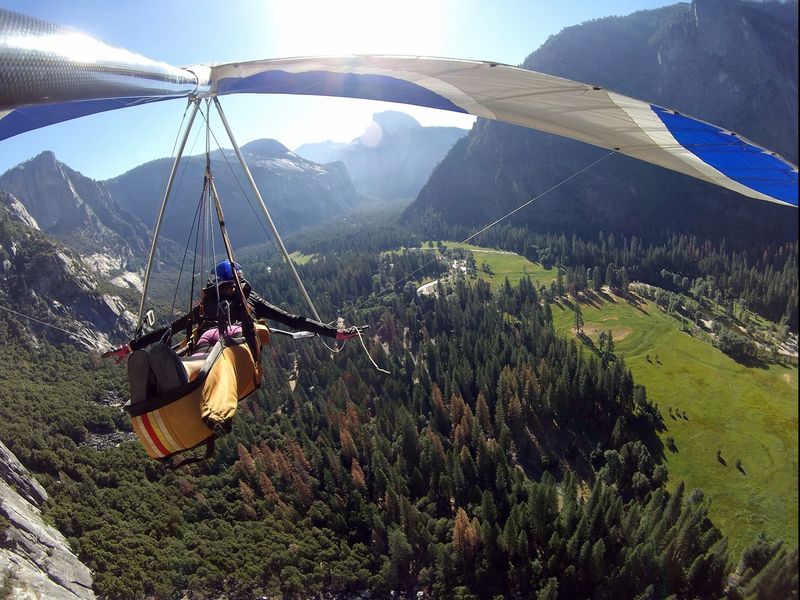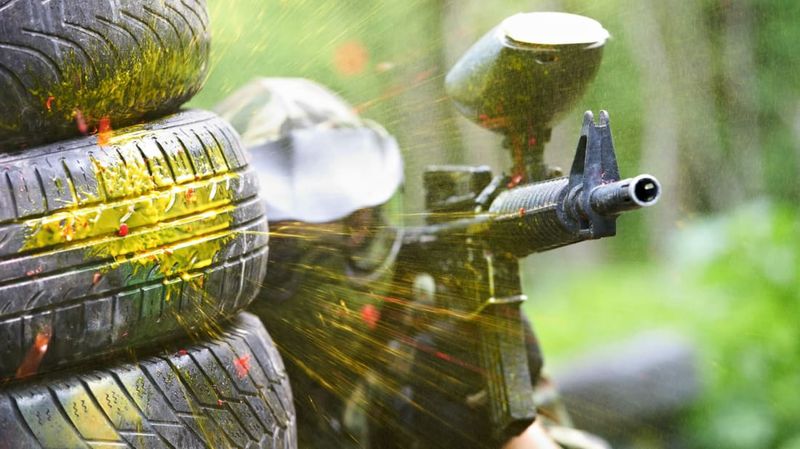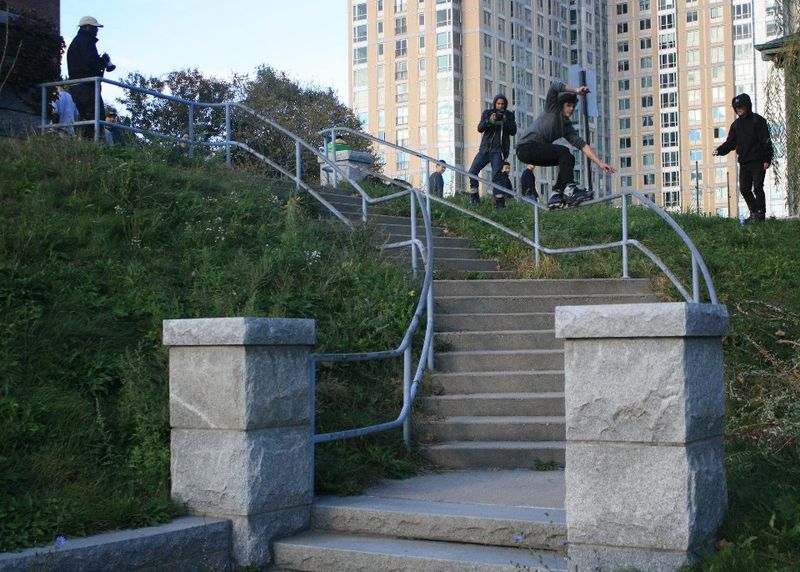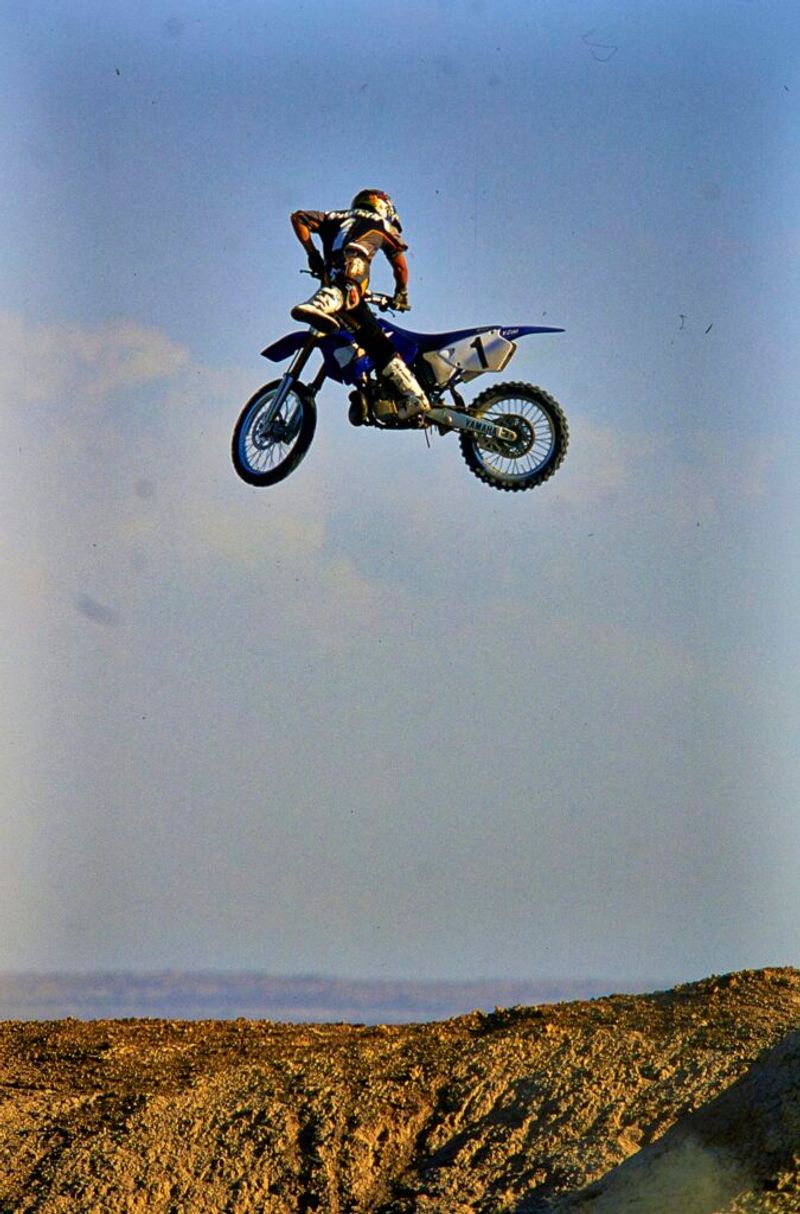The 1980s weren’t just about neon colors and big hair—this decade gave birth to some of the most thrilling sports ever invented. Young daredevils pushed boundaries and created entirely new ways to get their adrenaline fix. Many of these wild activities started as underground movements but quickly grew into global phenomena that still excite adventure seekers today.
1. Skateboarding Vert Revolution
Tony Hawk wasn’t a household name yet, but skateboarding was already transforming from sidewalk surfing into aerial artistry. Massive vertical ramps appeared in backyards and skate parks across America.
Skaters launched themselves into the air, spinning and flipping in ways that seemed impossible. The sport’s rebellious spirit matched perfectly with the decade’s punk rock attitude and colorful fashion.
Companies like Powell Peralta turned skaters into superstars through groundbreaking videos.
2. Snowboarding Takes the Slopes
Ski resorts initially banned these sideways-riding rebels who carved up the mountains on single boards. Jake Burton Carpenter’s innovative designs turned a toy called the “Snurfer” into serious equipment.
Early snowboarders faced hostility from traditional skiers but persisted with their laid-back style. The sport’s surfer-inspired culture clashed beautifully with stuffy alpine traditions.
By decade’s end, major competitions were crowning the first snowboarding champions.
3. BMX Freestyle Madness
Bicycle motocross evolved beyond racing when riders started performing tricks on ramps and in empty swimming pools. Mat Hoffman and other pioneers transformed simple bikes into flying machines.
These athletes launched themselves over gaps and spun through the air with seemingly effortless grace. The sport’s DIY culture encouraged kids to build their own ramps and create new tricks.
Movies like “Rad” brought BMX culture into mainstream entertainment.
4. Bungee Jumping Goes Commercial
A.J. Hackett’s famous leap from the Eiffel Tower in 1987 turned an ancient ritual into a modern thrill ride. New Zealand became the world’s bungee capital almost overnight.
Elastic cords replaced traditional vines, making the death-defying plunge relatively safe for paying customers. Adventure seekers flocked to bridges and platforms worldwide.
The sport perfectly captured the decade’s “go big or go home” mentality with its ultimate test of courage.
5. BASE Jumping Reaches New Heights
Carl Boenish coined the term BASE (Buildings, Antennas, Spans, Earth) for parachutists who jumped from fixed objects instead of planes. His Norwegian cliff jumps, filmed for television, introduced millions to this deadly sport.
Early pioneers faced fatality rates of one in sixty jumps. El Capitan and urban skyscrapers became launching pads for the ultimate adrenaline rush.
The sport’s extreme danger only added to its underground appeal.
6. Street Luge Speed Demons
Southern California skateboarders discovered that lying flat on modified boards created incredible speed down steep hills. These human torpedoes reached over 60 mph on regular streets.
Road rash became a badge of honor among riders who pushed the limits of gravity-powered transportation. The sport’s underground races attracted fearless speed addicts.
Specialized luge boards replaced modified skateboards as the activity gained organized competitions and safety regulations.
7. Windsurfing Olympic Glory
The 1984 Los Angeles Olympics catapulted windsurfing from beach hobby to mainstream sport. Robby Naish became the sport’s first superstar, dominating competitions with his innovative techniques.
Lightweight epoxy boards replaced heavy wooden ones, enabling spectacular aerial maneuvers. The sport combined surfing’s grace with sailing’s technical precision.
Beaches worldwide saw colorful sails dancing across the waves as enthusiasts embraced this wind-powered adventure.
8. Extreme Skiing Cliff Drops
Scot Schmidt and Glen Plake abandoned groomed runs for impossibly steep chutes and cliff faces. Their death-defying descents through Alaska’s backcountry redefined what was possible on skis.
Films like “The Blizzard of Aahhh’s” showcased these athletes skiing terrain that seemed better suited for mountain climbers. Parabolic ski technology enabled tighter turns in treacherous conditions.
The sport’s radical approach influenced an entire generation of powder hounds.
9. Whitewater Rafting Adventures
Commercial outfitters transformed military river crossing techniques into tourist thrills. Colorado’s Arkansas River and New Zealand’s Shotover River became meccas for rapid riders.
Self-bailing rafts introduced in 1983 made Class IV and V rapids accessible to guided groups. Adventure tourism exploded as people sought natural roller coaster experiences.
The sport democratized extreme adventure, allowing ordinary people to experience extraordinary whitewater challenges safely.
10. Hang Gliding Soars Higher
Improved wing designs and launch techniques made human flight more accessible to weekend warriors. Pilots soared from cliffs and mountains, riding thermal currents like modern-day Icarus.
The sport’s meditative quality attracted those seeking peaceful adventure above the chaos. Lightweight aluminum frames replaced heavy steel construction.
Flying clubs formed worldwide as enthusiasts shared launch sites and safety knowledge, creating a tight-knit community of sky dancers.
11. Paintball Warfare Games
What started as a survival game between friends in New Hampshire quickly evolved into organized combat simulations. The first paintball guns were actually cattle-marking tools repurposed for human target practice.
Teams developed military-style tactics and strategies for capture-the-flag scenarios. The sport’s combination of strategy, teamwork, and adrenaline attracted players from all backgrounds.
Commercial paintball fields opened nationwide, offering safe environments for weekend warriors to battle.
12. Aggressive Inline Skating
Rollerblade’s 1980 inline skates quickly evolved beyond recreational use when skaters discovered half-pipes and urban staircases. Hockey players and freestylers merged their skills into aggressive skating.
Grinding handrails and launching gaps became the sport’s signature moves. The activity blended skateboarding’s creativity with ice hockey’s speed and agility.
Movies like “Thrashin'” showcased this emerging culture, inspiring kids to strap on wheels and hit the streets.
13. Motocross Freestyle Begins
Motorcycle racers started adding style points to their jumps, launching the sport beyond simple speed competitions. Riders began performing tricks mid-air during races and exhibitions.
The decade’s technological advances in suspension and engine design enabled higher jumps and more complex maneuvers. Stadium events brought motocross to urban audiences.
This evolution planted seeds for the freestyle motocross explosion that would dominate the 1990s and beyond.
